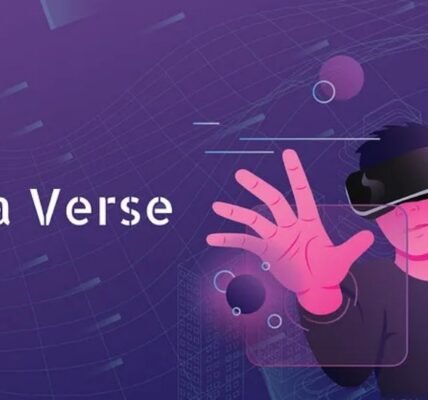In the contemporary education landscape, technology plays a pivotal role in transforming traditional teaching and learning methods. Its integration into educational settings offers numerous benefits and opportunities for both educators and learners. Below are five key reasons why technology is widely utilized in education:
1. Enhancing Engagement and Interaction:
Technology provides interactive and immersive learning experiences that captivate students’ attention and foster engagement. Multimedia resources, interactive simulations, and education games enable students to actively participate in their learning process. Through technologies like virtual reality (VR) and augmented reality (AR), abstract concepts can be visualized, making learning more tangible and memorable.
2. Facilitating Personalized Learning:
Technology allows for the customization of learning experiences to suit individual student needs and preferences. Adaptive learning platforms and educational software utilize algorithms to analyze students’ performance and tailor content accordingly. By providing personalized feedback, adaptive technologies help students progress at their own pace, addressing their strengths and weaknesses effectively.
3. Access to a Wealth of Information:
The internet and digital resources grant students access to a vast repository of information and educational materials. Online libraries, databases, and academic journals enable students to conduct research and explore diverse perspectives on various topics. With the proliferation of online courses and tutorials, learners have the flexibility to pursue self-directed learning and acquire new skills beyond the confines of traditional classroom settings.
4. Fostering Collaboration and Communication:
Technology facilitates collaboration and communication among students, educators, and experts across geographical boundaries. Learning management systems (LMS), collaborative platforms, and video conferencing tools enable seamless communication and collaboration on group projects, discussions, and presentations. Through online forums and social media platforms, students can exchange ideas, seek peer feedback, and engage in collaborative problem-solving activities.
5. Preparing Students for the Digital Age:
In today’s digital-centric world, proficiency in technology is essential for success in academia and the workplace. Integrating technology into education equips students with digital literacy skills, critical thinking abilities, and problem-solving capabilities necessary for navigating the complexities of the digital age. Exposure to coding, programming, and computational thinking prepares students for future careers in technology-related fields and fosters innovation and creativity.
Conclusion :

In conclusion, technology serves as a powerful catalyst for education transformation, enriching teaching and learning experiences in diverse ways. By leveraging technology’s capabilities to enhance engagement, personalize learning, expand access to information, promote collaboration, and develop essential digital skills, educators can empower students to thrive in the dynamic and interconnected world of the 21st century. Embracing technology in education is not merely a choice but a necessity for preparing students to become lifelong learners and adaptable contributors to society.



